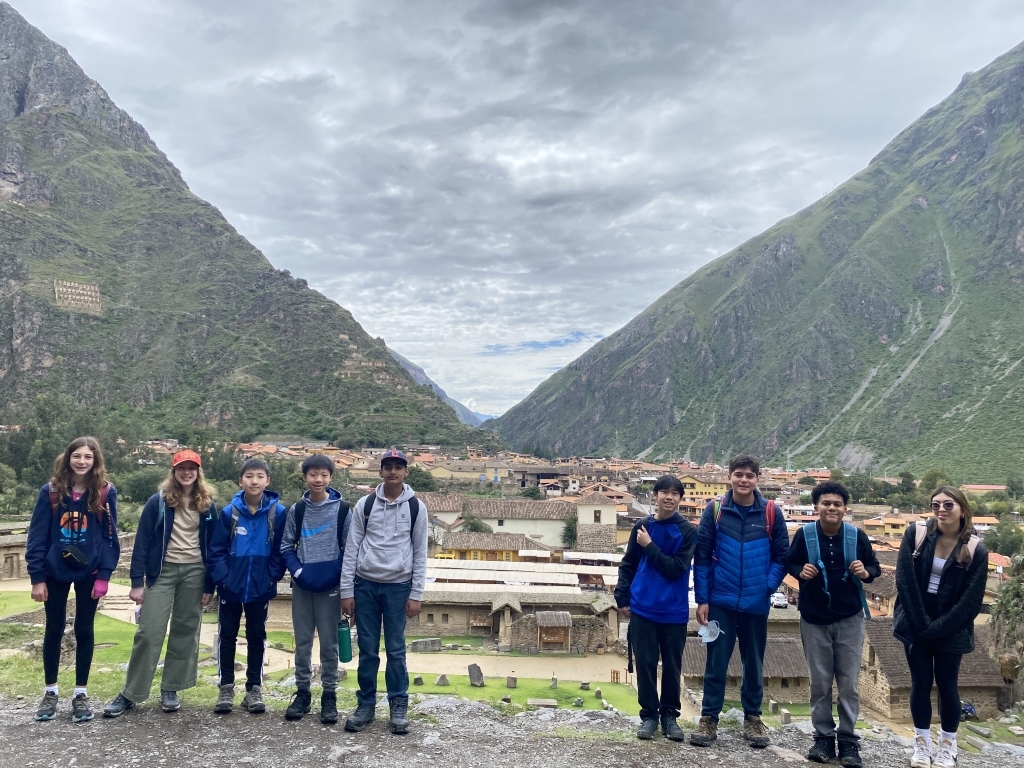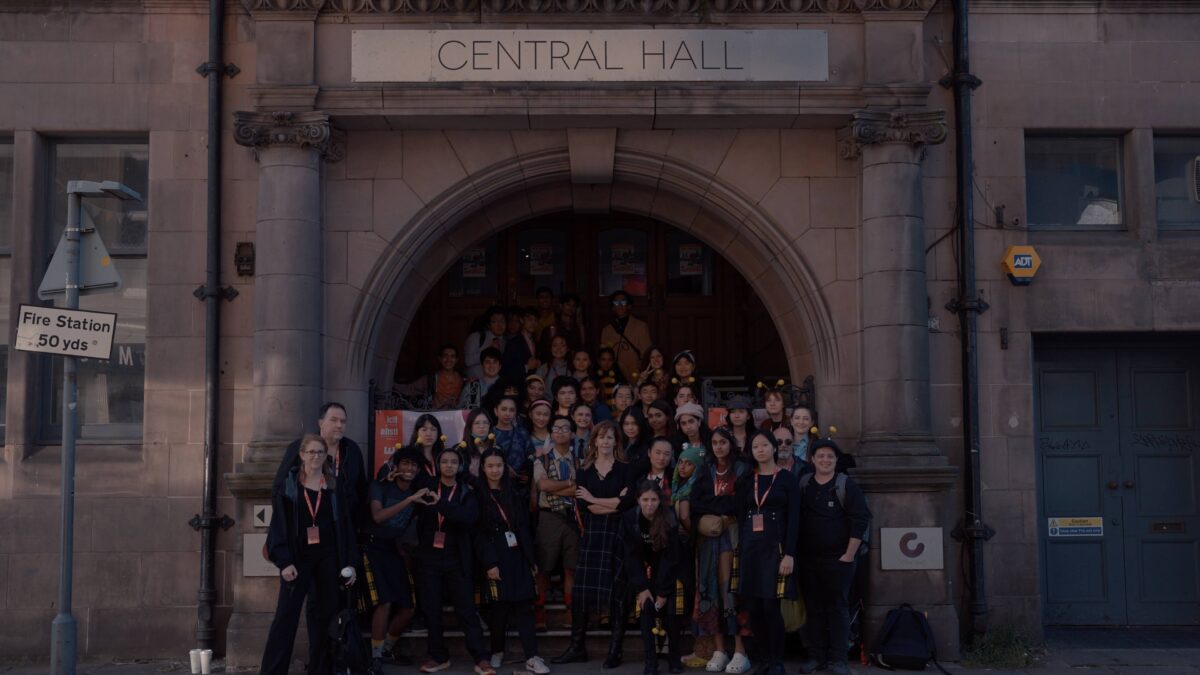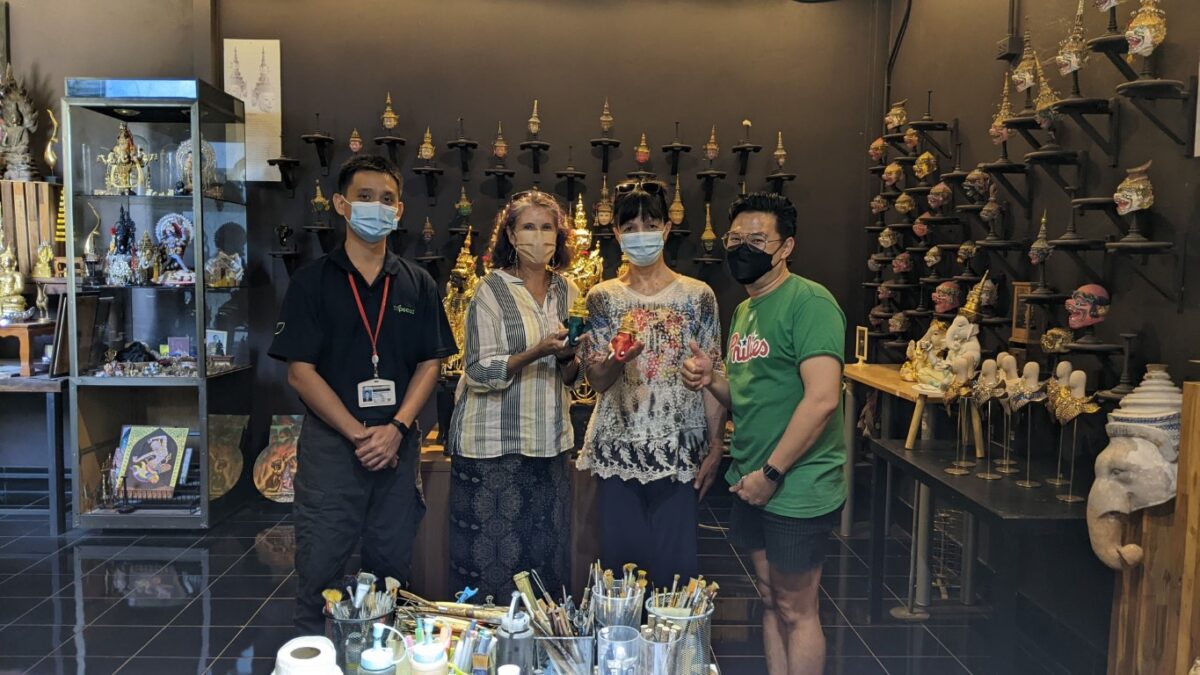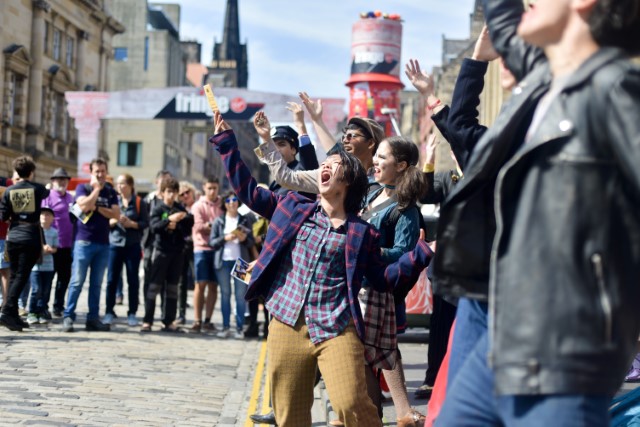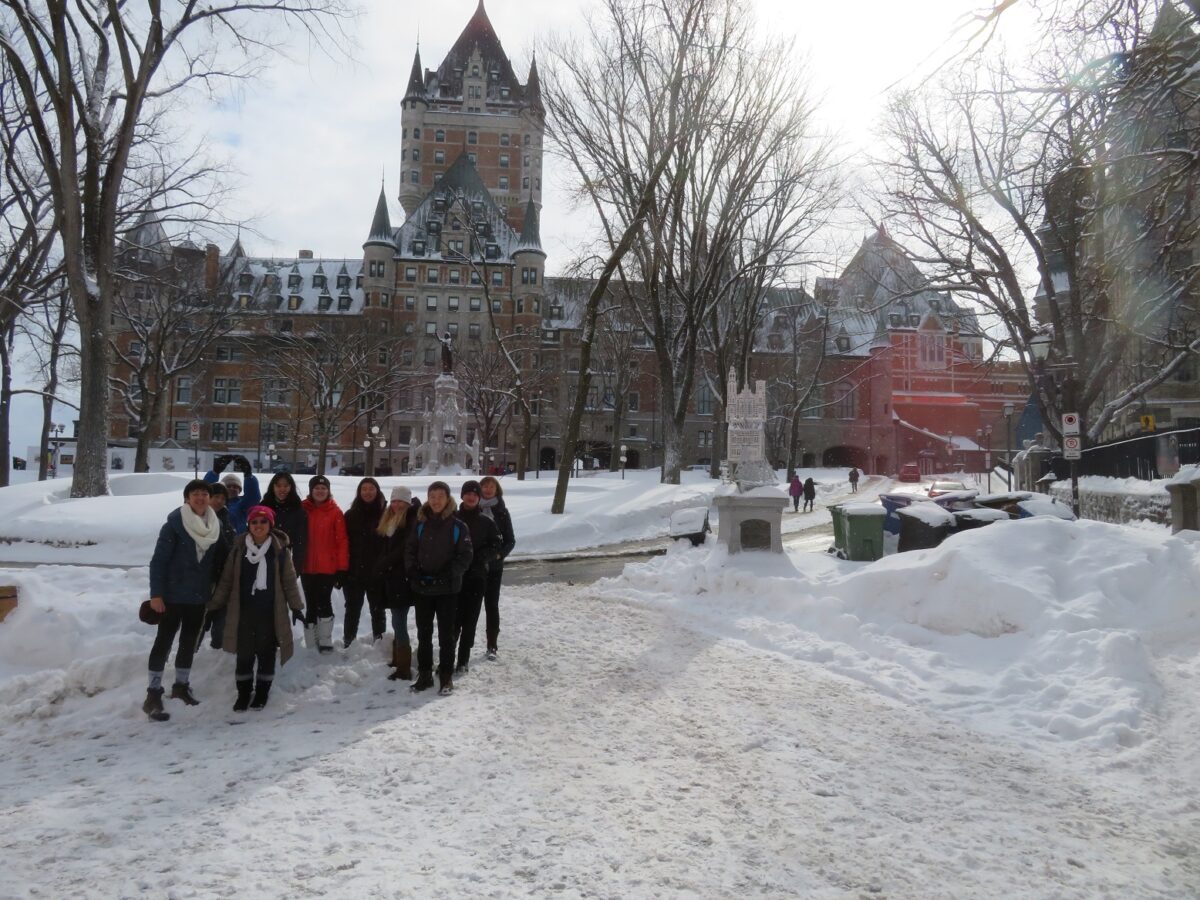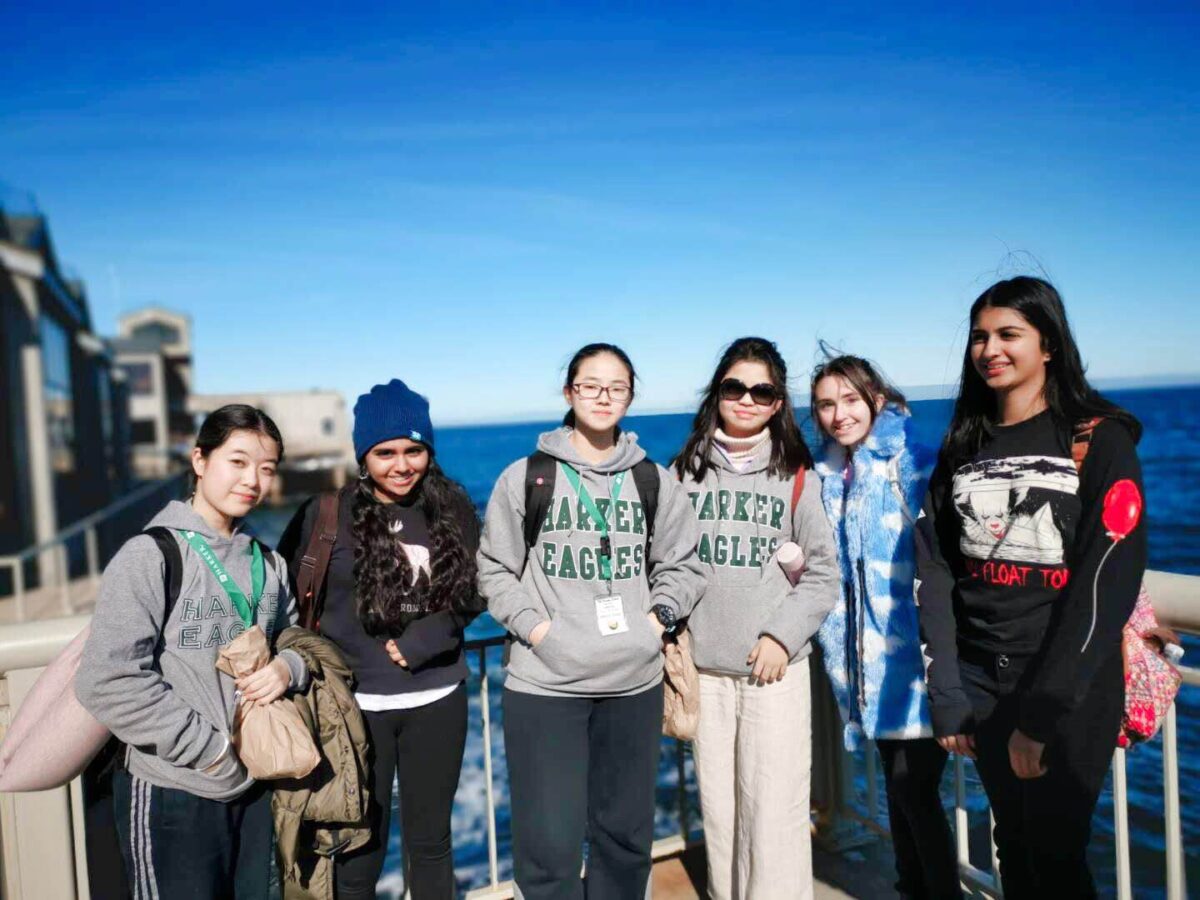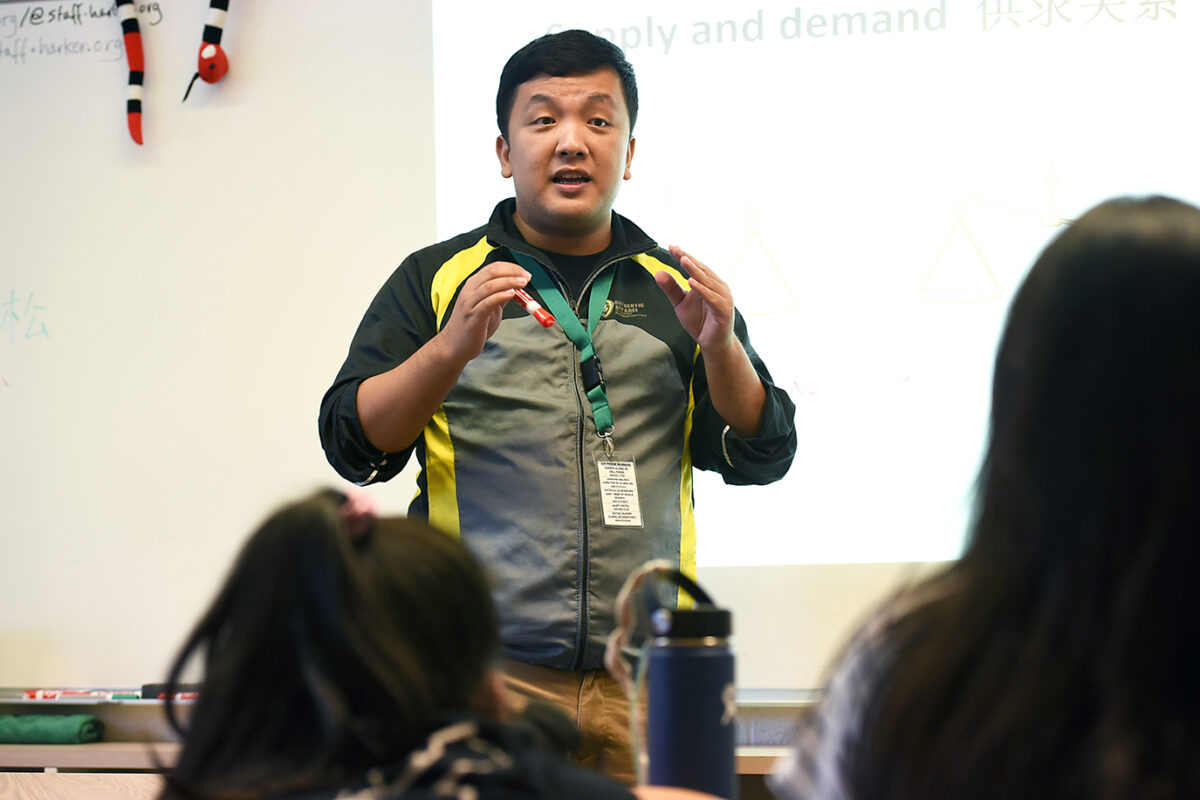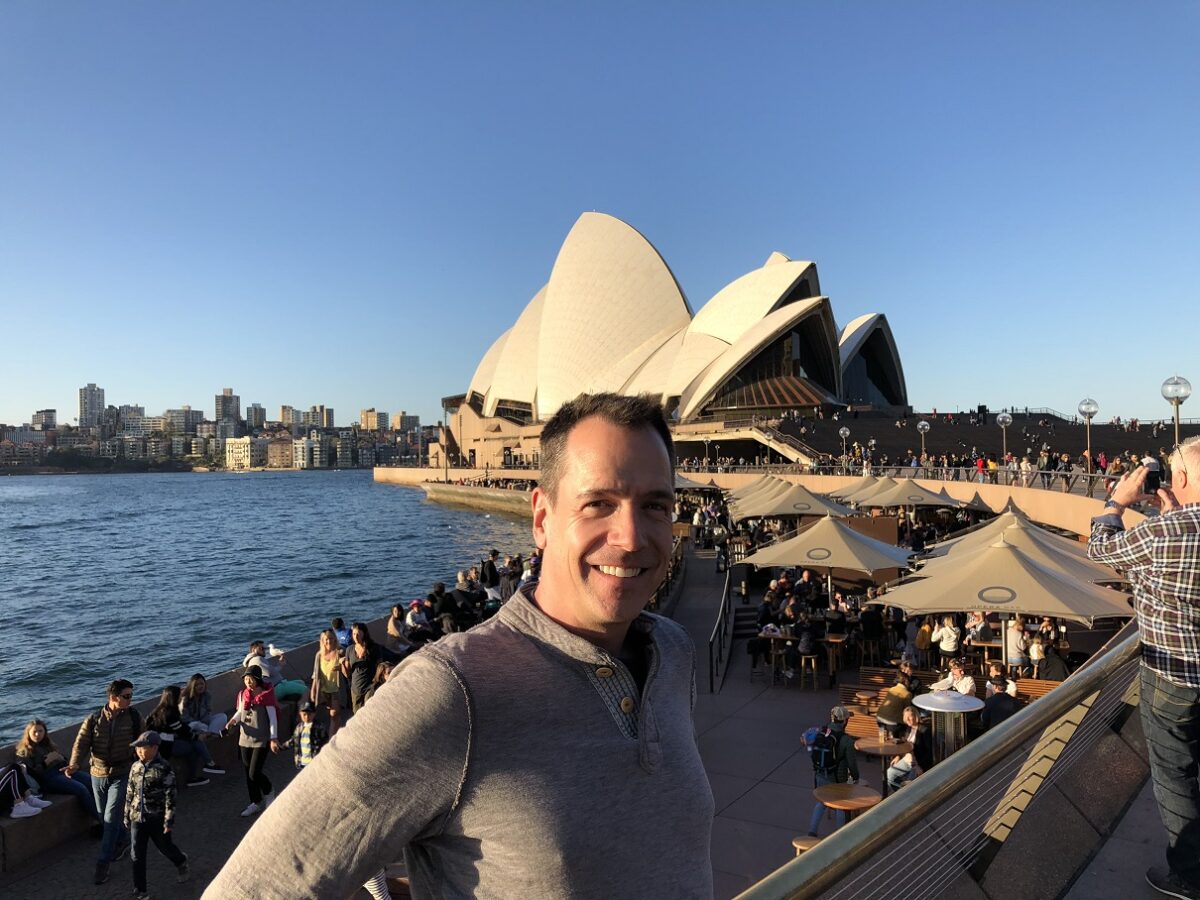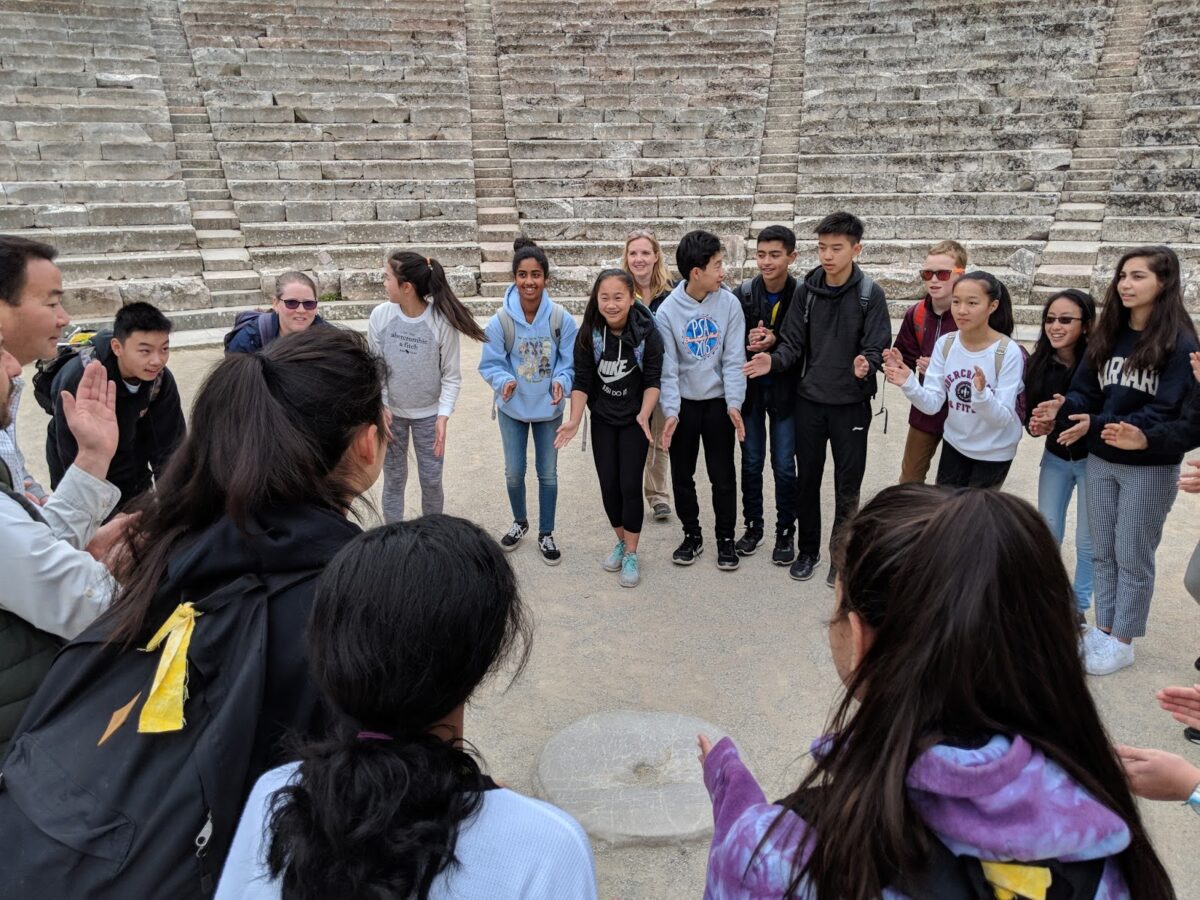Over the February break, grades 7-8 students visited the Peruvian town of Ollantayambo to learn more about the area’s culture and traditions as well as find new ways serve marginalized international communities.
topge
Spring musical cast and crew perform to sell-out crowds at Fringe
Over the summer, the cast and crew of the spring 2023 upper school musical traveled to Scotland to perform at the Edinburgh Festival Fringe, the world’s largest arts festival.
Art teachers gain firsthand experience with Thai art and culture
This past summer, K-5 visual arts chair Gerry-louise Robinson and middle school art teacher Sofie Siegmann traveled to Thailand to learn more about the country’s art, culture and history through the Raju and Bala Vegesna Teacher Excellence Program.
Harker Conservatory invited to perform at Festival Fringe in 2023
The American High School Theatre Festival has invited the Harker Conservatory’s musical theater program to perform at the 2023 Edinburgh Festival Fringe, the world’s largest international arts festival.
Global Education program receives endorsement from Global Education Benchmark Group
Students learn about Quebecois culture and history on inaugural trip
During the Presidents’ Week break, nine upper school students embarked on a new international education trip to Quebec.
Shanghai World Foreign Language Academy students experience Harker during annual visit
Last month, the middle school hosted some special guests during the Shanghai World Foreign Language Academy’s annual visit to Harker!
Shanghai exchange teacher observes, teaches Harker classes
Earlier this month, Wei Chen of the Shanghai World Foreign Language Academy paid a two-week visit to Harker for this year’s teacher exchange with Harker.
Theater teacher visits Australia on exchange with St. Stephen’s College
Middle school trek through Greece gives students firsthand look at country’s history and culture
In late March, two dozen grade 7 and 8 students visited Greece for a weeklong journey, visiting the sites of many pivotal historical events and experiencing its complex culture firsthand.
